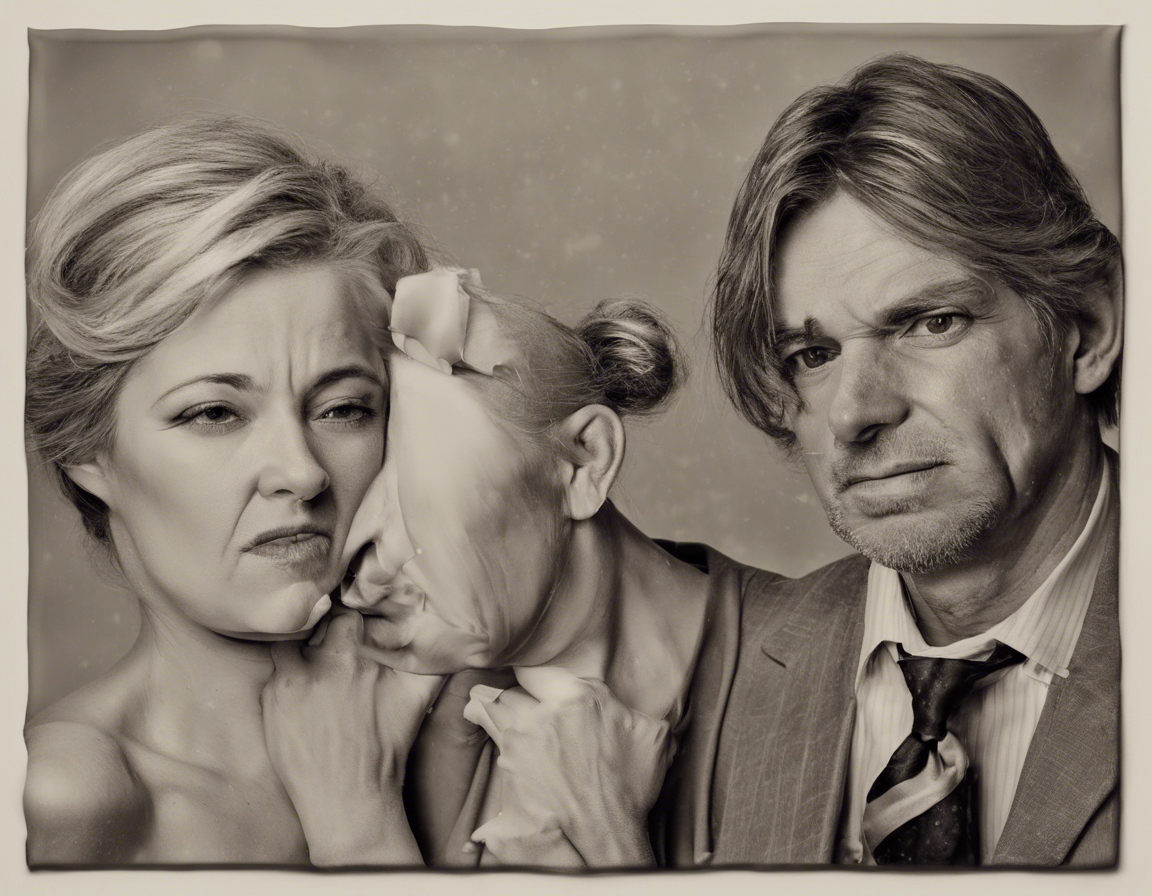Imagine this: A couple, deeply in love and seemingly inseparable, decides to get a divorce. It’s a decision that shocks their friends and family, who believed they were the epitome of a perfect marriage. Then, as the dust settles and emotions calm down, it becomes clear that this divorce was not what it seemed. The couple, let’s call them Sarah and John, were not actually divorced at all. A paperwork mix-up had led them to believe they were legally separated when in fact, they were still very much married.
This scenario might seem like a far-fetched plotline from a movie or a sensational news story, but mistaken divorce cases like this do happen in real life. The complexities of divorce laws, coupled with human error, can sometimes result in couples unwittingly going through the emotional turmoil of a divorce without actually legally ending their marriage.
The Legalities of Divorce
In most jurisdictions, the divorce process involves filing a petition with the court, serving the other party with divorce papers, and attending a series of hearings to finalize the divorce. This process is legally binding and results in the termination of the marriage, allowing both parties to remarry if they choose to do so.
However, errors can occur at various stages of the divorce proceedings that can lead to misunderstandings and confusion. One common issue is service of process, where one party may not be properly served with divorce papers, leading them to believe the divorce is proceeding when it is not. In other cases, mistakes in the paperwork or clerical errors by court staff can result in incorrect information being entered into the divorce decree.
The Emotional Impact
Discovering that a divorce was never finalized can have emotional repercussions on both parties. For Sarah and John, the shock of realizing they were still married despite the emotional and logistical separation they had gone through was profound. They had already divided assets, made arrangements for child custody, and moved on with their lives as single individuals. To suddenly find themselves legally bound to each other again was a jarring experience.
Emotionally, it can feel like reopening old wounds and going through the divorce process all over again. For some couples, it can reignite feelings of anger, resentment, and betrayal that they thought they had put behind them. On the other hand, it can also bring up unresolved feelings of love and connection that they may have buried in the process of moving on.
Legal Recourse and Remedies
In cases of mistaken divorce, couples have legal options to rectify the situation. They can file a motion with the court to vacate the erroneous divorce decree and reinstate their marital status. This typically involves providing evidence of the mistake, such as proof of improper service of process or documentation of the clerical error.
Once the court acknowledges the mistake, the couple can proceed with finalizing the divorce if they still wish to end their marriage. Alternatively, they may choose to reconcile and withdraw their divorce petition altogether. In either case, seeking the guidance of a qualified family law attorney is essential to navigate the legal process and ensure that their rights are protected.
Moving Forward
After the shock and confusion of a mistaken divorce, couples like Sarah and John must navigate the path forward. This can involve reassessing their relationship, addressing the issues that led to the erroneous divorce, and determining if they still want to move forward with ending their marriage.
For some couples, the experience serves as a wake-up call to the importance of communication and clarity in their relationship. It can prompt them to seek counseling or therapy to work through their differences and rebuild trust. For others, it may be a sign that they are better off going their separate ways and making a clean break.
Frequently Asked Questions (FAQs)
1. Can a divorce be reversed if it was mistakenly granted?
Yes, a divorce can be reversed if it was granted based on a mistake or error in the legal process. Couples can file a motion with the court to vacate the erroneous divorce decree.
2. How common are mistaken divorce cases?
Mistaken divorce cases are relatively rare but do occur occasionally due to errors in paperwork, service of process, or clerical mistakes.
3. What are the emotional implications of a mistaken divorce?
Discovering that a divorce was never finalized can be emotionally challenging, bringing up feelings of anger, betrayal, or unresolved love.
4. How can couples navigate a mistaken divorce situation?
Couples facing a mistaken divorce should seek legal counsel to understand their options for rectifying the error and deciding on the best course of action moving forward.
5. Is reconciliation possible after a mistaken divorce?
Reconciliation is possible after a mistaken divorce, but it requires open communication, counseling, and a willingness from both parties to address the underlying issues in their relationship.
In conclusion, the case of a mistaken divorce highlights the complexities and potential pitfalls of the legal process. Couples who find themselves in this situation must approach it with patience, clarity, and a willingness to confront the emotional and legal challenges it presents. With the right guidance and support, they can navigate this unexpected twist in their relationship journey and emerge stronger, whether together or apart.
